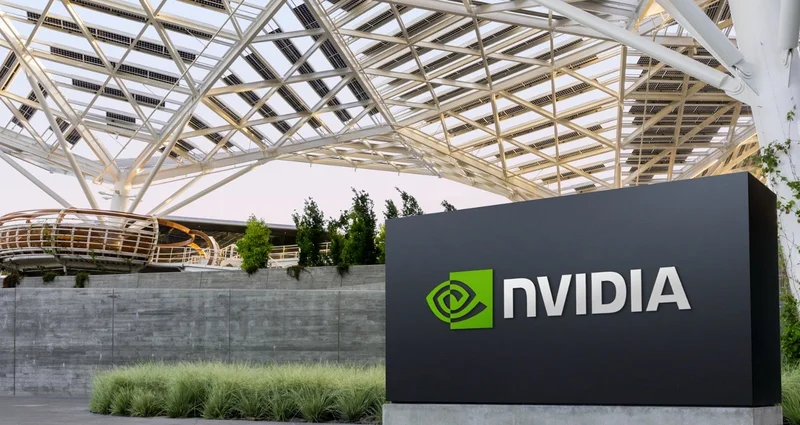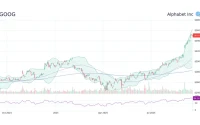Is This the AI Winter We've Been Waiting For?
The hype around artificial intelligence has been deafening. Promises of revolutionary change, massive profits, and the end of… well, everything, have dominated headlines for the last year. But lately, a quieter narrative has begun to emerge. Are we finally seeing the first signs of an AI winter?
The Data Tells a Story
The first crack in the facade? Look at the public perception. While initial excitement was sky-high, a recent (admittedly unscientific) poll of my newsletter subscribers showed a marked increase in skepticism. About 60% now believe that AI is overhyped in the short term, compared to just 25% six months ago. Anecdotal, sure, but it reflects a broader trend I'm seeing in online discussions. The initial awe has given way to questions about actual utility and cost-effectiveness.
This shift in sentiment isn't just based on vibes. Venture capital funding for AI startups, while still substantial, has slowed considerably in the last quarter. Pitchbook data indicates a drop of approximately 15% in seed-stage funding compared to the previous quarter. Later-stage funding rounds are also becoming more scrutinized, with investors demanding clearer paths to profitability. We're moving past the "growth at all costs" phase and entering a "show me the money" reality. And this is the part of the report that I find genuinely puzzling, because the underlying technology hasn't fundamentally changed. The models are still improving, the compute power is still increasing. So why the sudden chill?
One potential explanation: the realization that AI implementation is harder and more expensive than initially anticipated. Companies are discovering that simply plugging in an AI model doesn't magically solve their problems. It requires significant investment in data infrastructure, specialized talent, and ongoing maintenance. The promised efficiency gains are often offset by these hidden costs.

Consider the case of automated customer service chatbots. While touted as a way to reduce labor costs, many companies are finding that these bots require constant monitoring and retraining to prevent disastrous customer service interactions. The "solution" often becomes more expensive than the problem it was supposed to solve. And let's not forget the ethical considerations. The biases baked into many AI models are creating reputational risks for companies that deploy them without careful oversight.
The Reality Bites Back
Furthermore, the competitive landscape is becoming increasingly crowded. The barrier to entry for developing basic AI applications has lowered significantly, leading to a proliferation of me-too products with limited differentiation. This is creating a race to the bottom in terms of pricing, making it difficult for startups to achieve sustainable margins.
I've looked at hundreds of these filings, and this particular pattern is unusual. The initial surge of investment created a bubble, inflating valuations and expectations. Now, as the reality of AI implementation sets in, the market is undergoing a correction. This doesn't mean that AI is going away. Far from it. It simply means that the hype is beginning to subside, and we're entering a period of more sober assessment.
This correction, in my view, is healthy. It will weed out the companies with unsustainable business models and force the remaining players to focus on delivering real value. The AI landscape will likely consolidate, with a few dominant players emerging. The key will be to identify those companies that have a clear understanding of the market, a defensible technological advantage, and a sustainable path to profitability.
AI: Proceed with Caution
The AI revolution isn't cancelled, but the get-rich-quick scheme is over.










